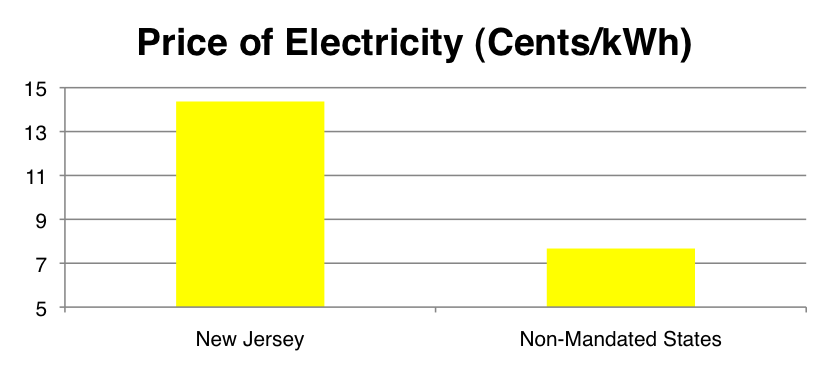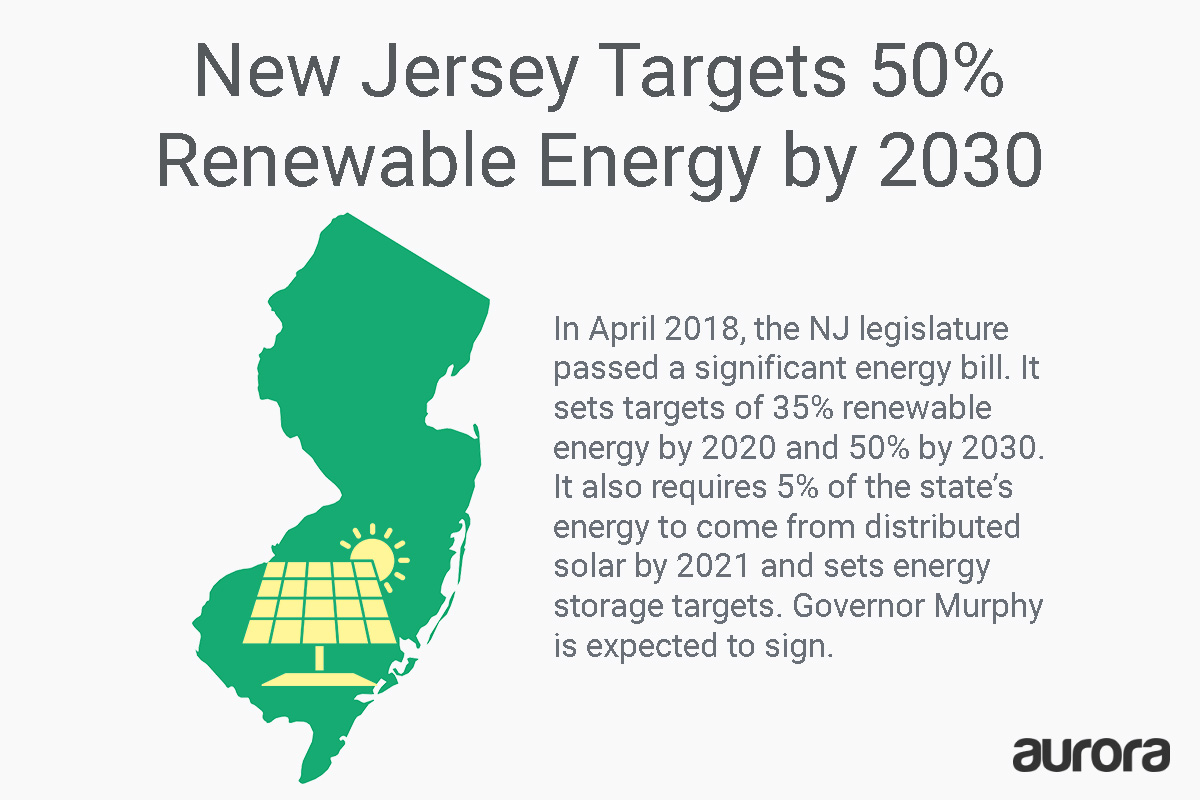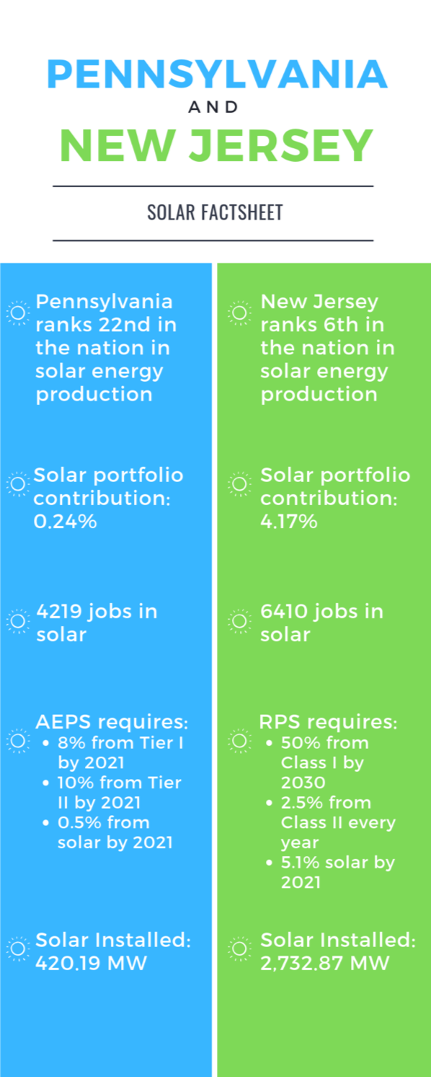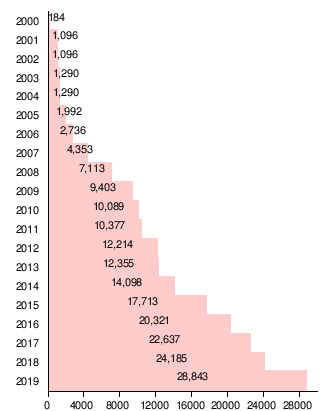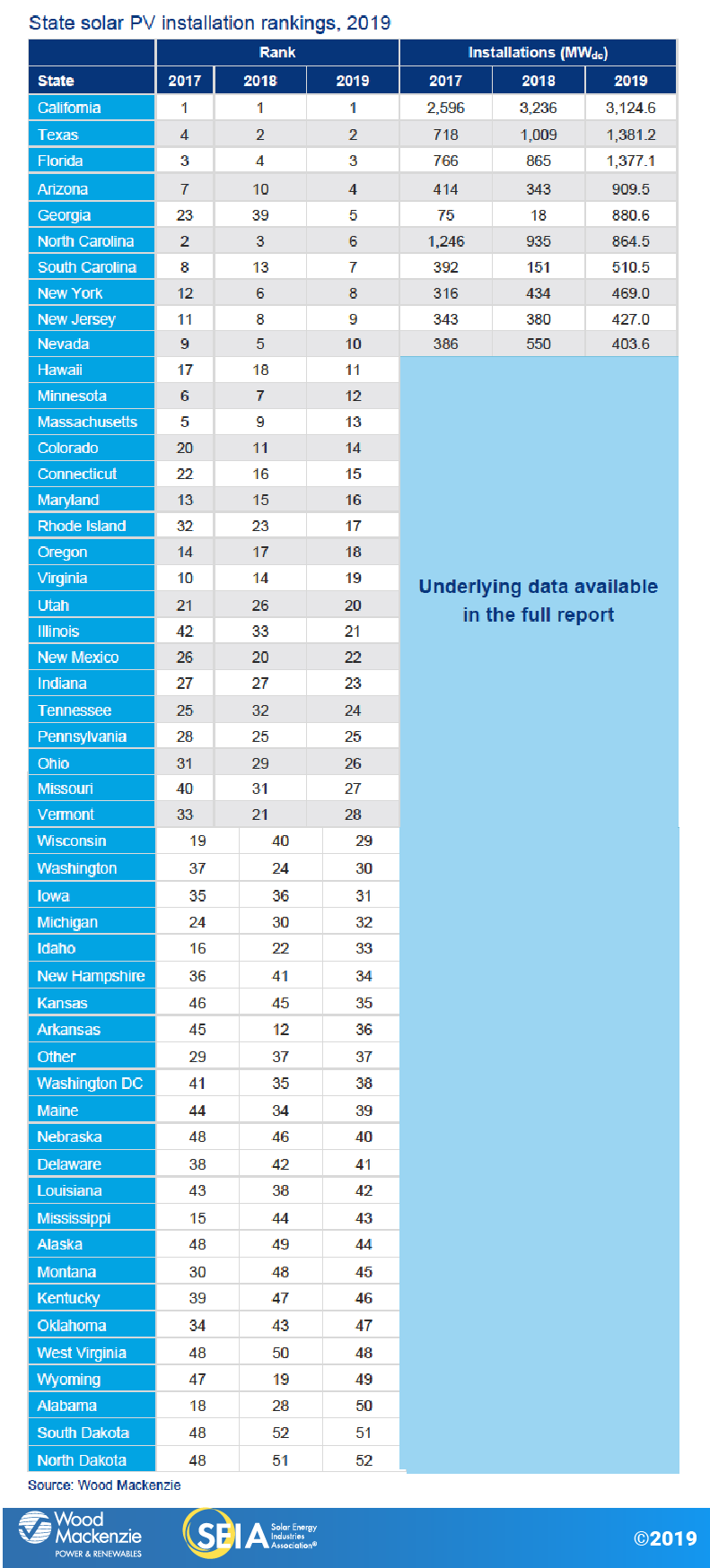New Jersey Renewable Energy Mandate

New jersey offshore wind strategic plan.
New jersey renewable energy mandate. New jersey s renewable portfolio standard rps is one of the most aggressive in the u s. The rps requires each electricity supplier serving retail electricity customers in the state to procure 22 5 of the electricity it sells in new jersey from qualified renewable energy resources by 2021. This establishes one of the most ambitious renewable energy standards in the country by requiring 21 percent of the energy sold in the state be from class i renewable. Pathway to 2050 a plan to meet 100 of the state s energy needs with clean energy by 2050.
Governor murphy has established an aggressive and achievable vision of 100 clean energy by 2050 and the owsp helps set. New jersey s clean energy picture. On september 9 2020 the board of public utilities approved the final new jersey offshore wind strategic plan the state s comprehensive roadmap for achieving 7 500 mw of offshore wind energy by 2035 the plan was developed by ramboll u s. In 2019 new jersey released its energy master plan.
New jersey s renewable portfolio standard was updated in 2018 to require that 21 of the electricity sold in the state be generated from renewable sources by 2021 35 by 2025 and 50 by 2030. Utilities that are subject to these mandates must obtain renewable energy credits or certificates which represent the environmental benefits of one megawatt hour of renewable energy generation. New jersey is advancing and diversifying its clean energy portfolio through leadership and strong policy. Recs are created when renewable energy is sent out to the grid and are used to verify that utilities are meeting their targets.
Governor phil murphy signed a law earlier this year that requires 50 percent renewable energy by 2030. A 3723 the renewable energy bill takes several critical steps to improve and expand new jersey s renewable energy programs. New jersey has one of the most ambitious renewable portfolio standards in the country by requiring 35 of the energy sold in the state come from qualifying energy sources by 2025 and 50 by 2030. Renewable energy standard.
The governor and legislature are now considering a requirement that moves to 100.
